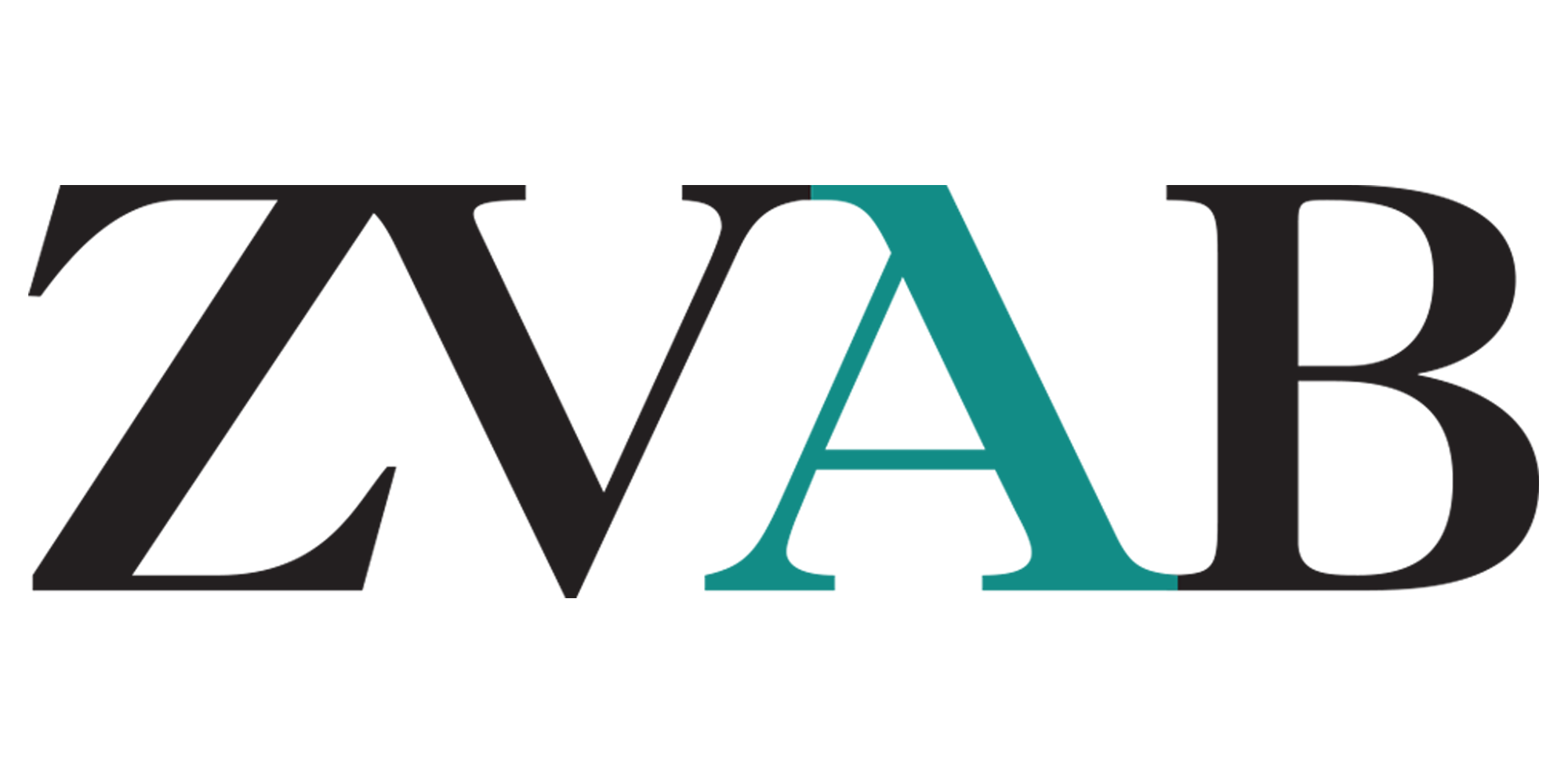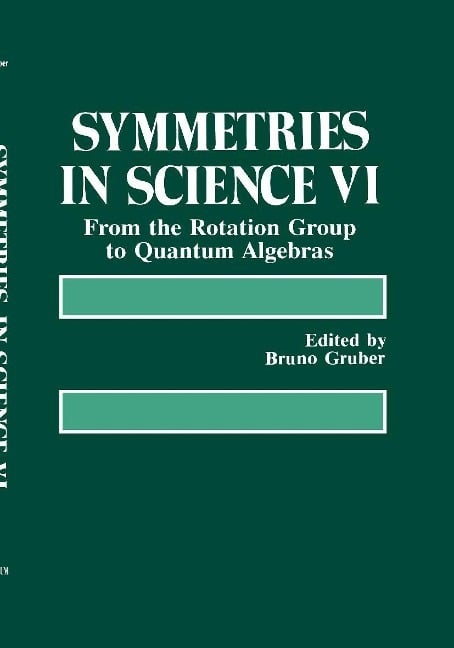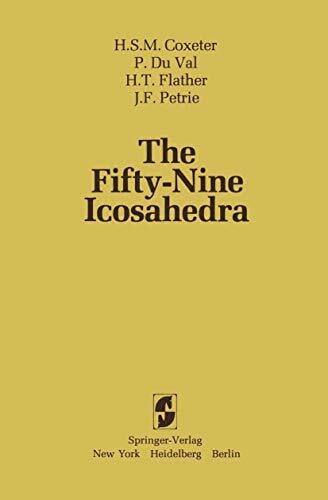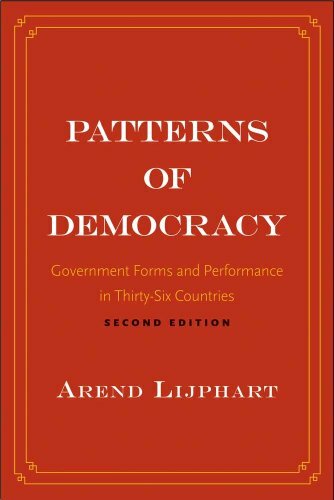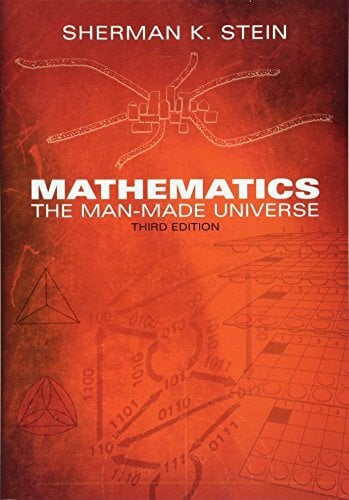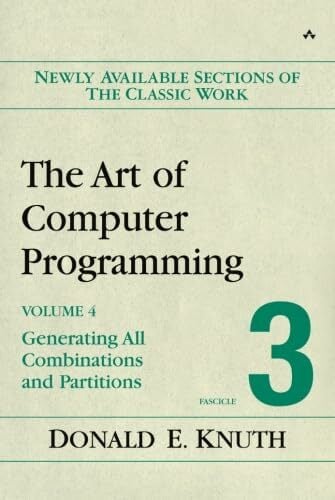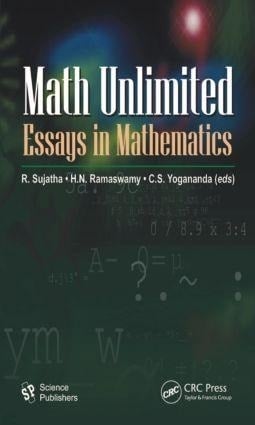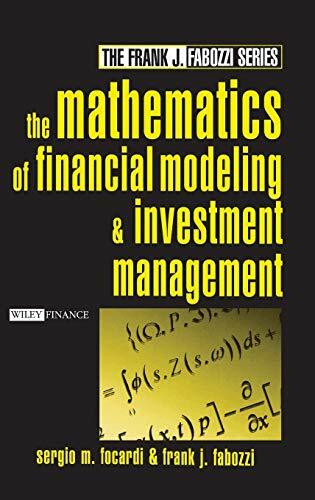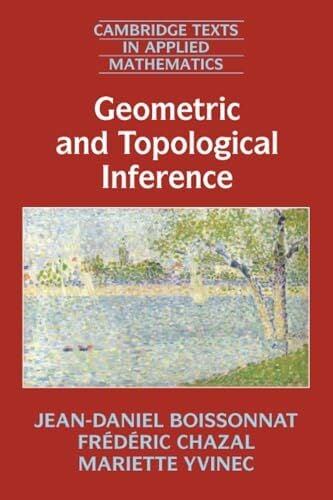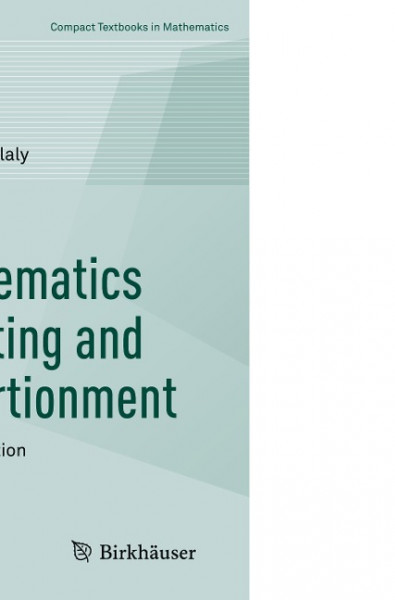
The Mathematics of Voting and Apportionment
Kurzinformation
inkl. MwSt. Versandinformationen
Artikel zZt. nicht lieferbar
Artikel zZt. nicht lieferbar

Beschreibung
This textbook contains a rigorous exposition of the mathematical foundations of two of the most important topics in politics and economics: voting and apportionment, at the level of upper undergraduate and beginning graduate students. It stands out among comparable books by providing, in one volume, an extensive and mathematically rigorous treatment of these two topics. The text's three chapters cover social choice, yes-no voting, and apportionment, respectively, and can be covered in any order, allowing teachers ample flexibility. Each chapter begins with an elementary introduction and several examples to motivate the concepts and to gradually lead to more advanced material. Landmark theorems are presented with detailed and streamlined proofs; those requiring more complex proofs, such as Arrow's theorems on dictatorship, Gibbard's theorem on oligarchy, and Gärdenfors' theorem on manipulation, are broken down into propositions and lemmas in order to make them easier to grasp. Simple and intuitive notations are emphasized over non-standard, overly complicated symbols. Additionally, each chapter ends with exercises that vary from computational to "prove or disprove" types. The Mathematics of Voting and Apportionment will be particularly well-suited for a course in the mathematics of voting and apportionment for upper-level undergraduate and beginning graduate students in economics, political science, or philosophy, or for an elective course for math majors. In addition, this book will be a suitable read for to any curious mathematician looking for an exposition to these unpublicized mathematical applications. No political science prerequisites are needed. Mathematical prerequisites (included in the book) are minimal: elementary concepts in combinatorics, graph theory, order relations, and the harmonic and geometric means. What is needed most is the level of maturity that enables the student to think logically, derive results from axioms and hypotheses, and intuitively grasp logical notions such as "contrapositive" and "counterexample." von El-Helaly, Sherif
Produktdetails

So garantieren wir Dir zu jeder Zeit Premiumqualität.
Über den Autor
Sherif El-Helaly is an associate professor at The Catholic University of America in Washington, DC, where he has been teaching a course on mathematical topics in the social sciences for twenty years.

- paperback
- 210 Seiten
- Erschienen 2024
- Routledge

- paperback
- 225 Seiten
- Erschienen 2011
- Routledge
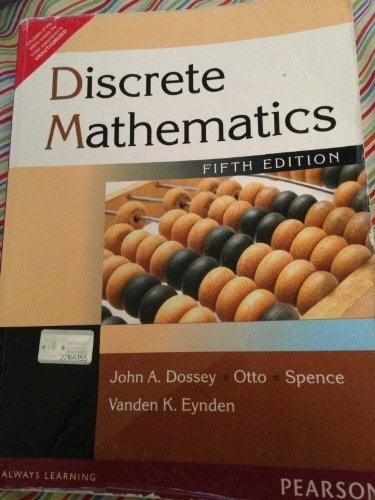
- hardcover
- 664 Seiten
- Erschienen 2005
- Pearson
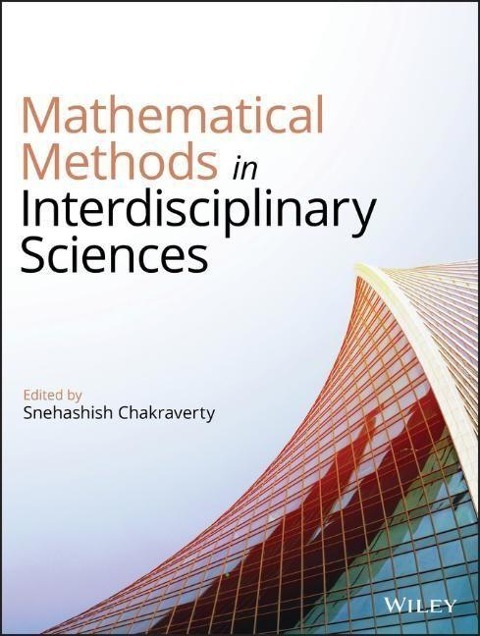
- Hardcover
- 464 Seiten
- Erschienen 2020
- John Wiley & Sons Inc

- Gebunden
- 648 Seiten
- Erschienen 2018
- Springer

- Hardcover
- 488 Seiten
- Erschienen 1971
- De Gruyter

- hardcover
- 414 Seiten
- Erschienen 1985
- Springer
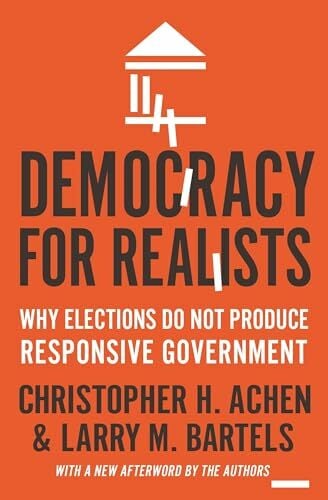
- Kartoniert
- 400 Seiten
- Erschienen 2017
- Princeton Univers. Press

- Hardcover
- 456 Seiten
- Erschienen 2000
- Wiley-Interscience





